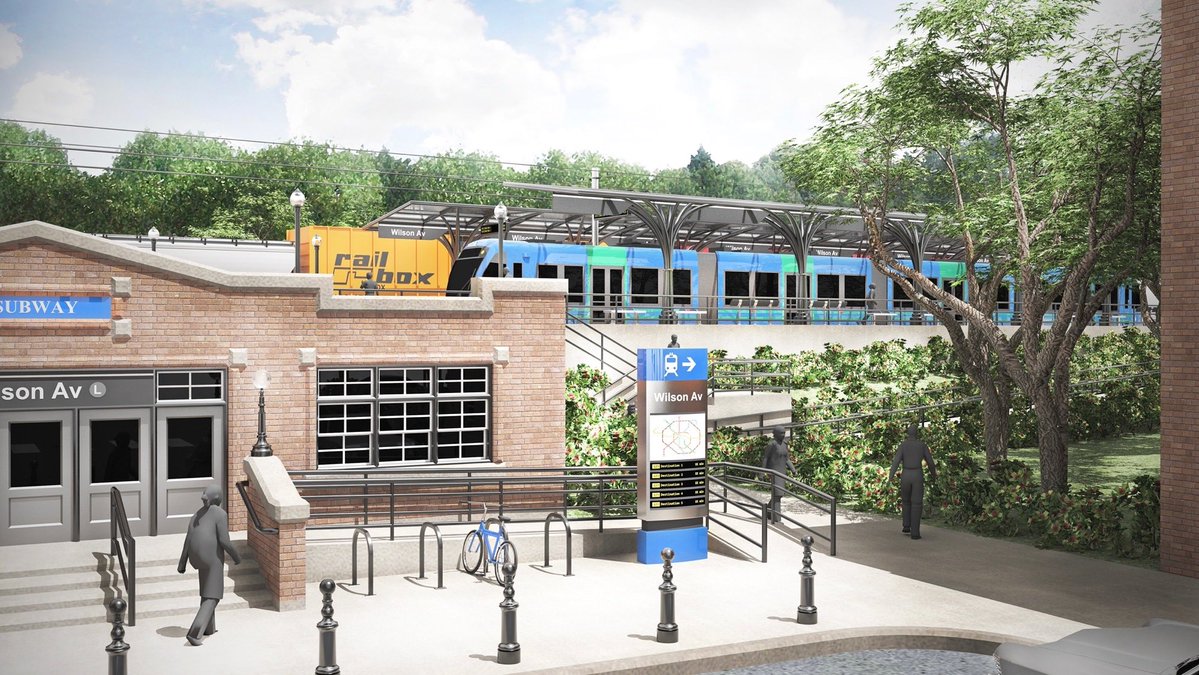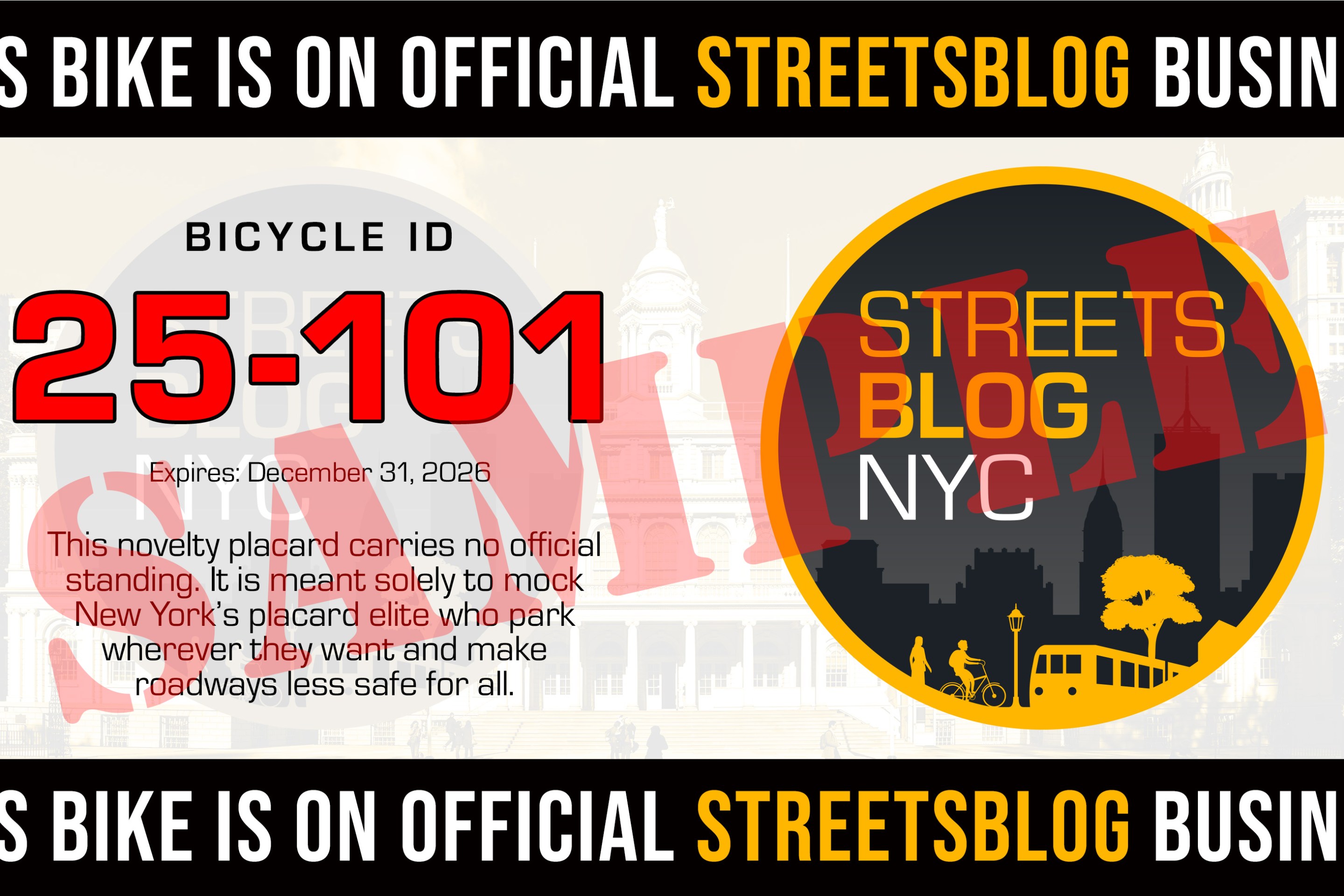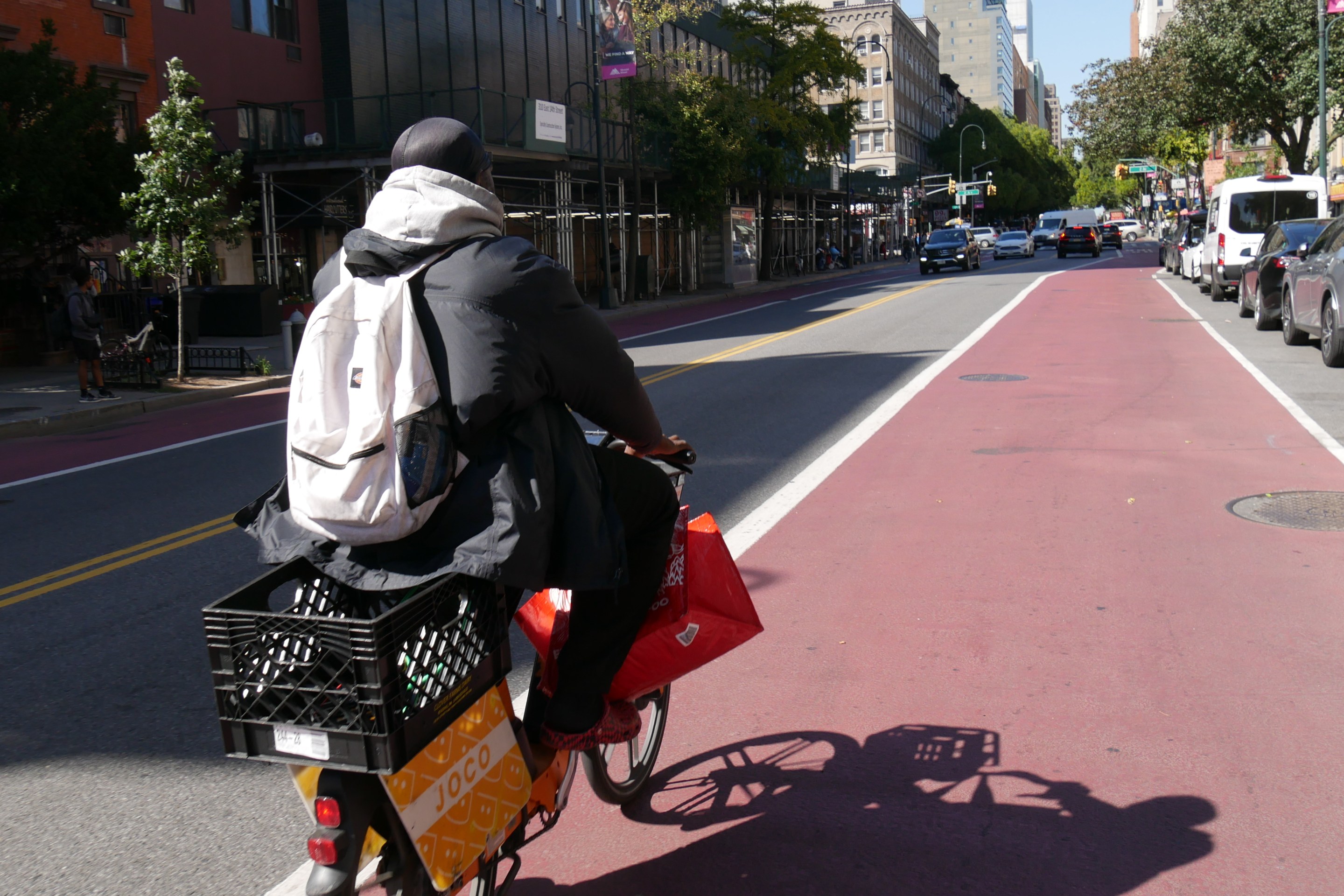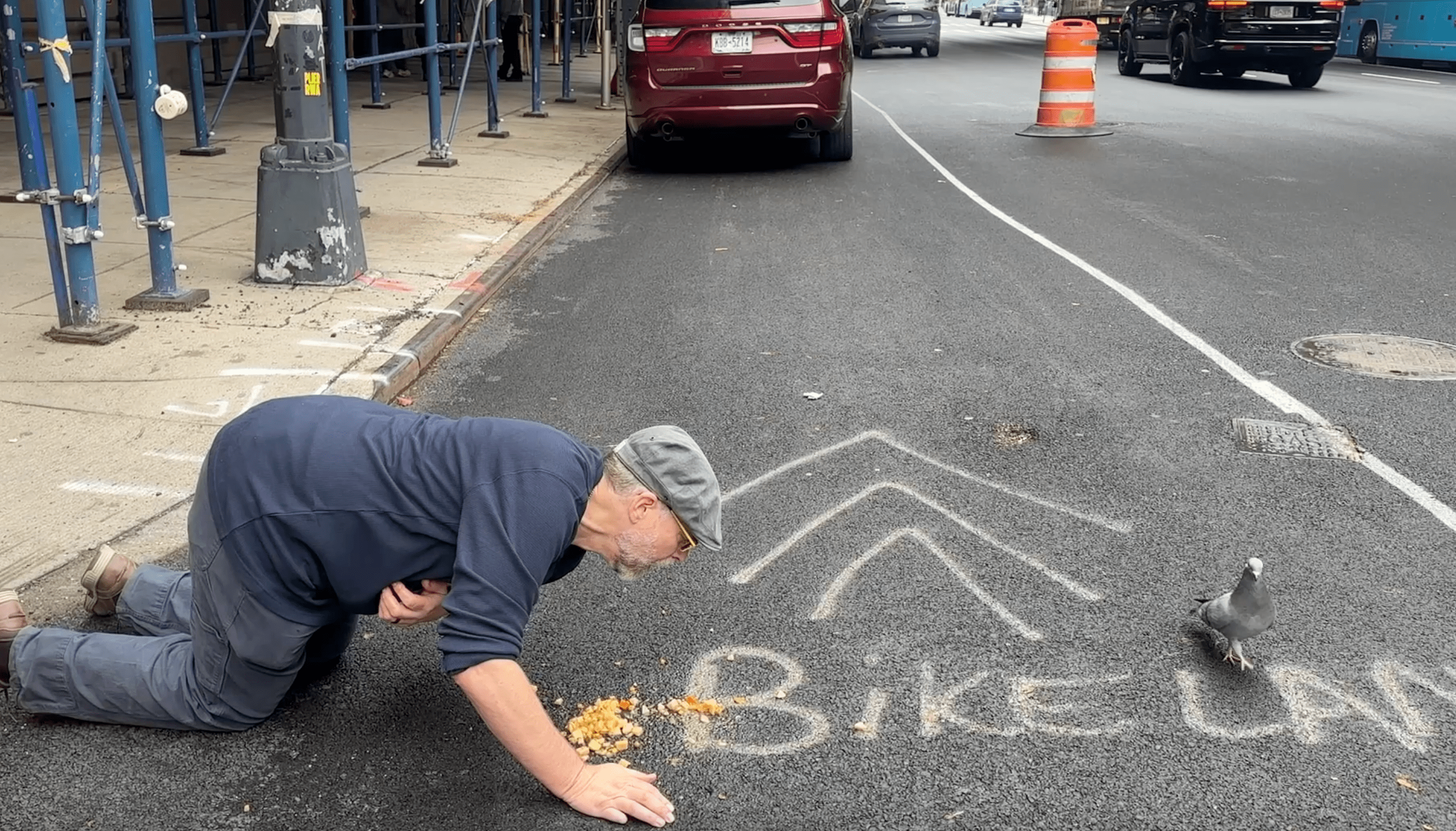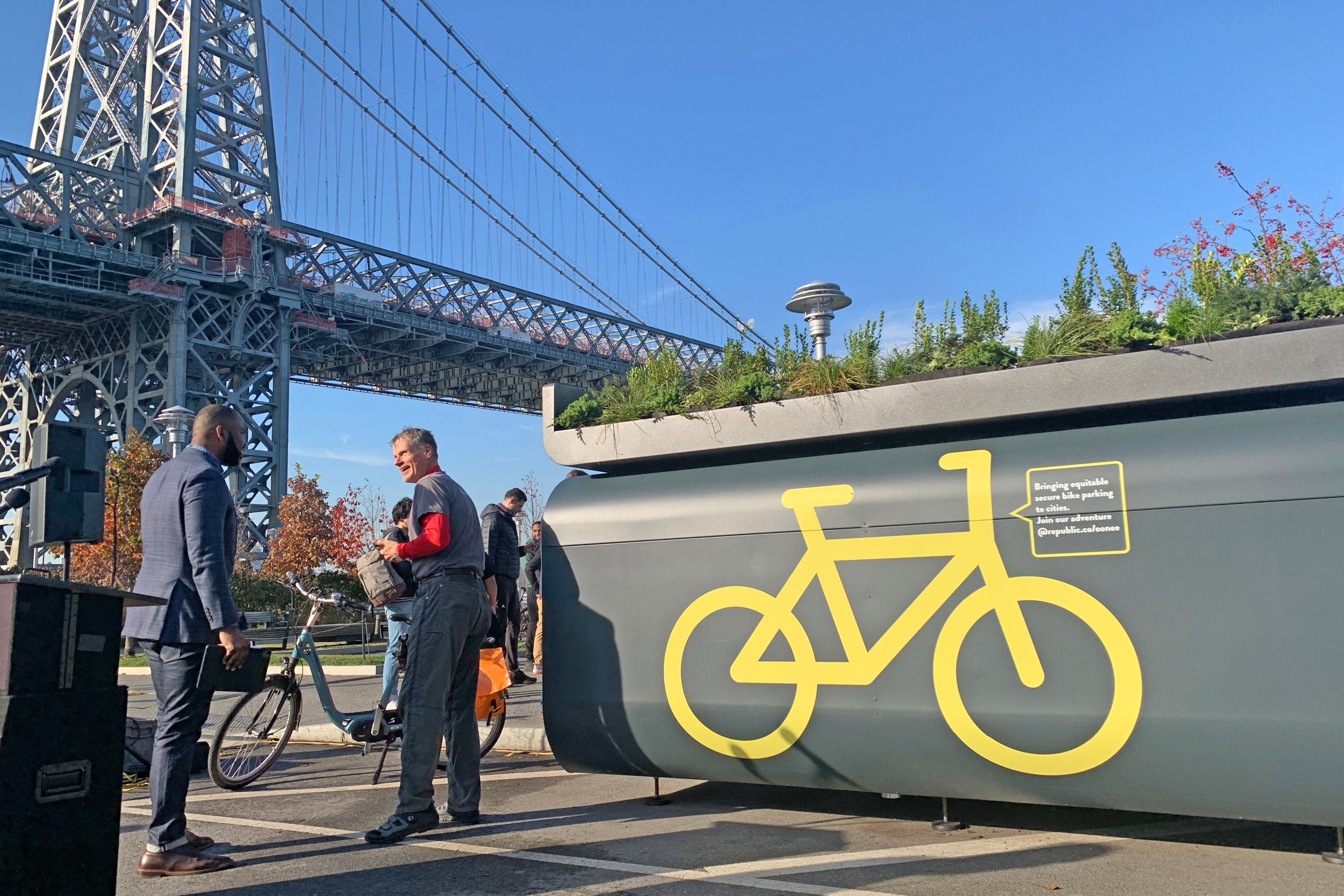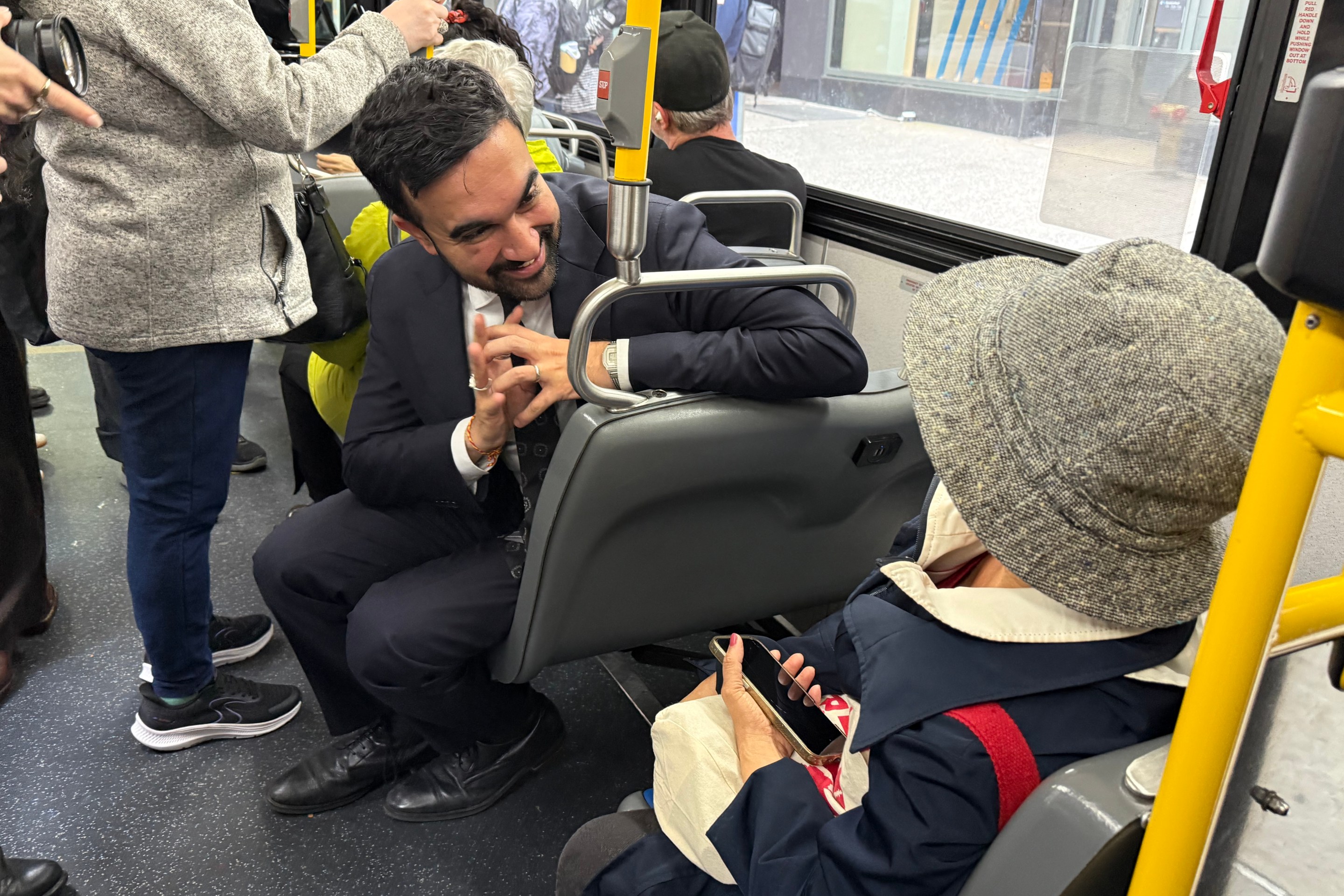All aboard the light train.
Gov. Hochul was poised to use her State of the State address on Tuesday afternoon to announce that the MTA will choose light rail for the Interborough Express, the transit connection on an existing right of way between Bay Ridge and Jackson Heights.
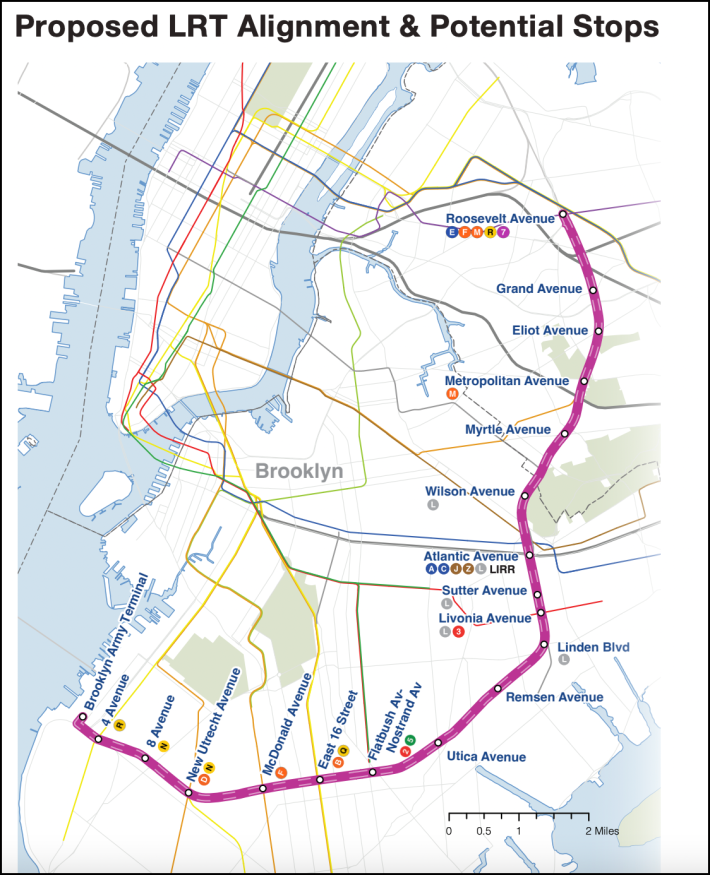
The MTA has not finished the environmental review required for the project, but a preview of Hochul's State of the State said that "planning and environmental linkages study" for the project recommends a light rail option going forward.
Before Tuesday's announcement, the MTA was weighing three options for reactivating the right of way known as the Bay Ridge Branch: light rail, heavy rail like a subway, or bus rapid transit.
All of the choices would require capital work that would clean up the rail line that's currently used exclusively by freight trains, in addition to expanding the existing tracks, fixing the grading and possibly raising some of the overpasses along the route. The choice of the light rail left some advocates less than thrilled, because they say its benefits are more limited than a conventional rail option.
Advocates are not convinced that light rail is the best simply because it won't be able to be integrated into the subway or commuter rail system.
"It’s time to break free from the fragmented, patchwork transit system that leaves too many people stranded and disconnected," said Renae Reynolds, Executive Director of Tri-State Transportation Campaign. “Our region deserves a seamless transit network that works for everyone. The Governor and MTA must prioritize the needs of all riders and the whole region, and invest in a system that will bring us into the 21st century."
Tri-State representatives also expressed concern about whether the light rail project will be able to use an existing tunnel under the All Faiths Cemetery in Queens or if it would have to mix with street traffic on Metropolitan Avenue.
The freight train that runs in the right of way can currently use the existing tunnel, but at a September town hall on the Interborough, the MTA Senior Vice-President for Regional Planning Michael Shiffer said that it was too narrow for conventional rail. Shiffer said that light rail can use the existing tunnel, but that the agency might have to move the project onto the street level on Metropolitan Avenue for that stretch, where it would mix with existing traffic and require some street-level tweaks.
Hochul also was poised to announce that the MTA would ensure that the environmental review was finished in time to squeeze the Interborough Express into the MTA's next capital plan which will cover the years 2025 to 2029. The cost and the timeline for the project is still unknown, though MTA Chairman and CEO Janno Lieber previously estimated the entire thing would take between three and five years, and cost in the "single-digit billions" (which is a wide range between $1,000,000,000 and $9,999,999,999 — though the light rail is more affordable than the conventional rail option).
Hochul's briefing book also threw in a few other transit ingredients in the mix, creating a stew of actions, however vague:
- As was previously mentioned in the "New New York" panel report, Hochul said that she was directing the MTA to create a 24/7 City Ticket for intracity travel on the Long Island Rail Road and Metro-North. However, unlike the panel, which recommended a $5 ticket at all times, Hochul's briefing book says the ticket will be available "at a modest premium during peak hours."
- Camera enforcement on bus lanes is going to be expanded to cover 80 percent of the bus lane miles in the city. Per Hochul's briefing book, the MTA is going to expand the amount of cameras on buses from 123 to 900.
- However, on the subject of the MTA's looming fiscal hole that agency leadership has sought to fill without putting the entire deficit on the backs of riders, Hochul's briefing book did not take any new position. The governor is "committed to working with MTA leadership, legislative partners, the City of New York, the federal government, and other critical stakeholders on a comprehensive set of solutions to the structural challenges facing the MTA in order to put the Authority on sound fiscal footing for many years to come." (As one would surmise.)
